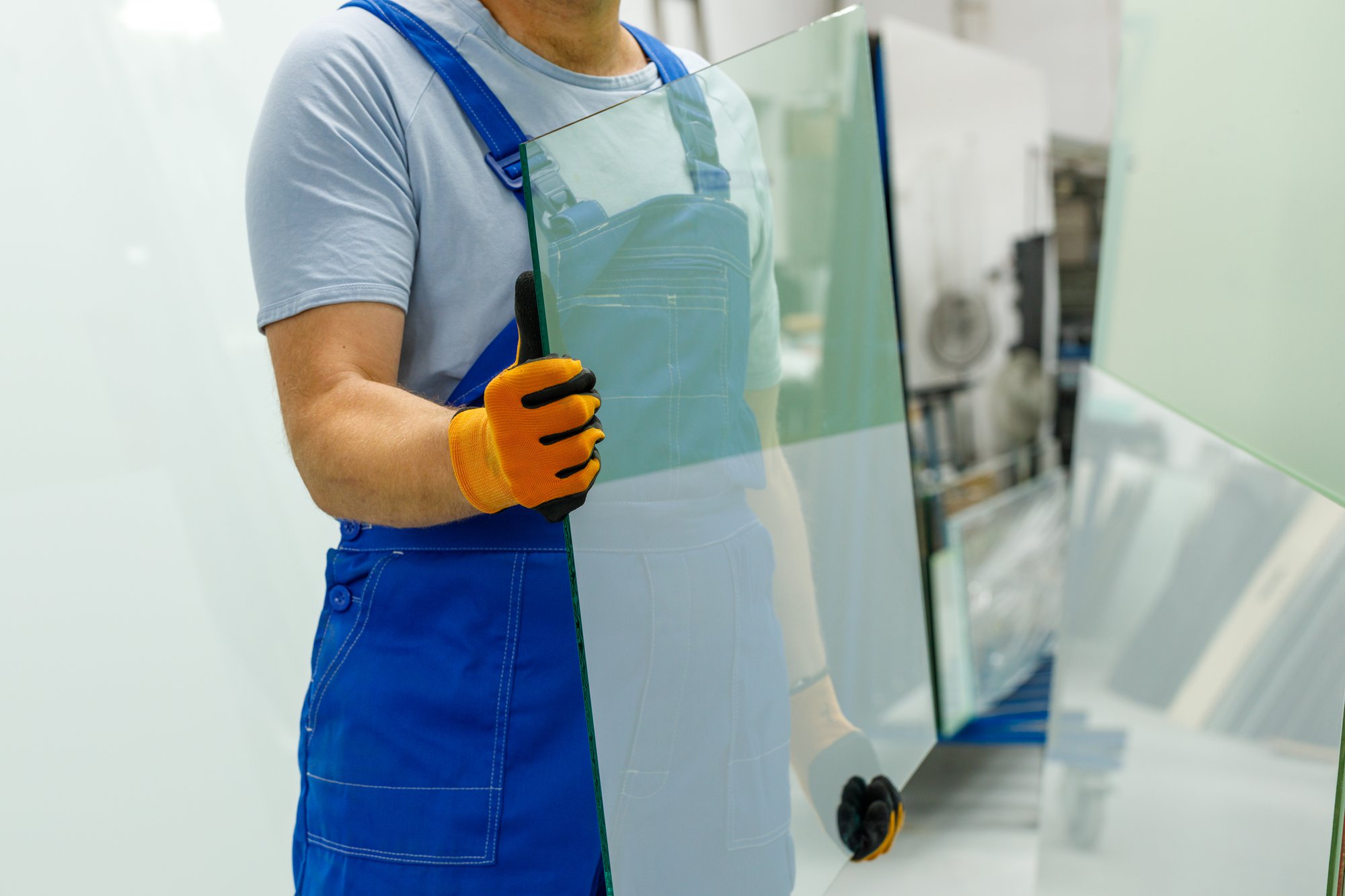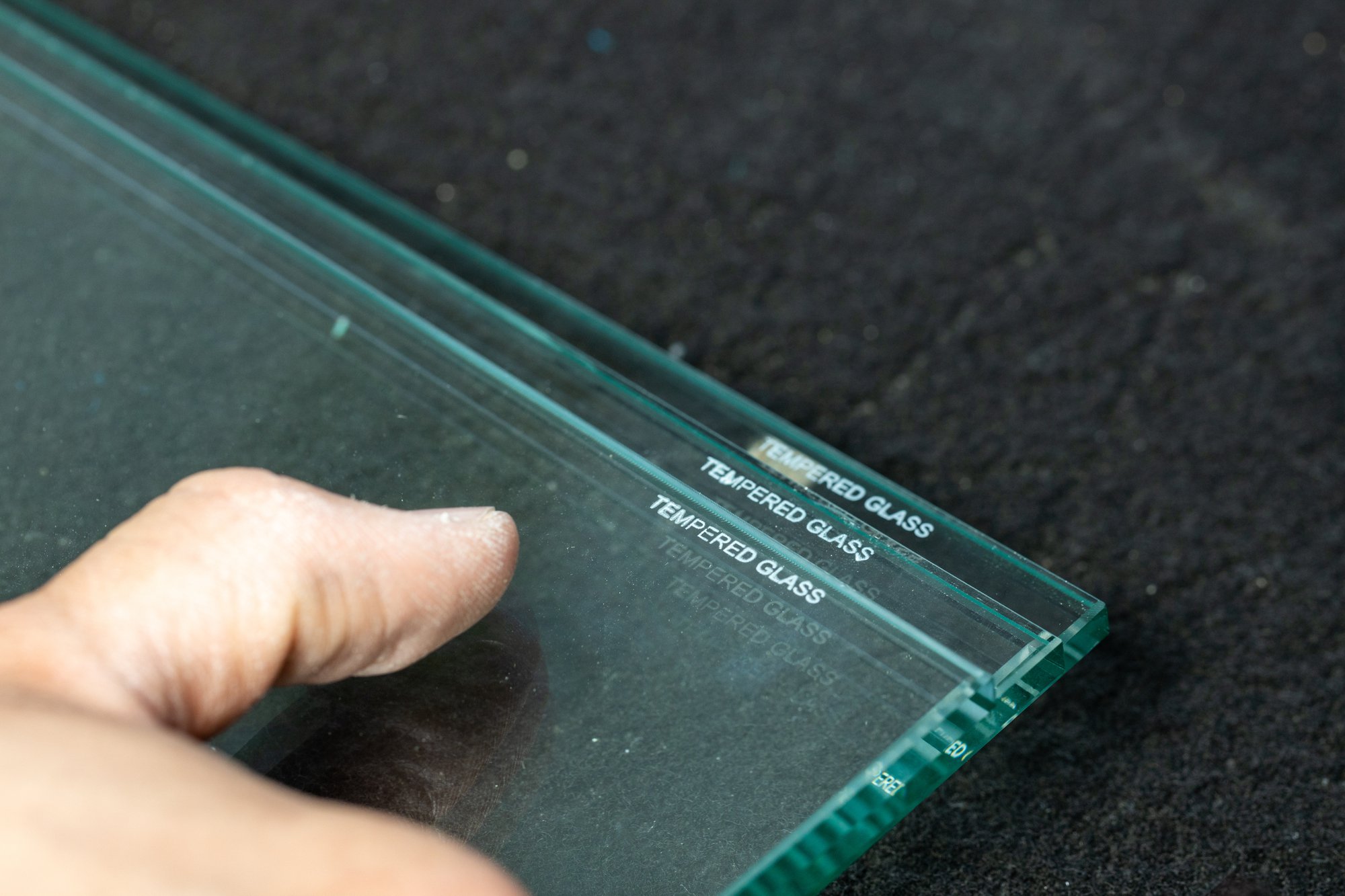The building envelope is more than just an outer shell—it defines a structure’s identity while playing a critical role in energy efficiency. In the past, architects often struggled to balance striking aesthetics with sustainable performance. However, advancements in materials, glazing technologies, and insulation techniques are transforming how we design and construct high-performance buildings.
Today, innovations such as high-performance insulated glass, dynamic facades, and energy-efficient coatings allow architects to create visually stunning structures without compromising on sustainability. These cutting-edge solutions enhance energy efficiency, reduce operational costs, and support regulatory compliance, all while contributing to a greener built environment.
The Evolution of Building Envelope Design
Building envelope design has undergone a major shift over the past few decades. Where aesthetics once took precedence over efficiency, modern construction trends emphasize the synergy between form and function. With increasingly stringent energy codes and sustainability certifications such as LEED (Leadership in Energy and Environmental Design), design decisions must now incorporate both beauty and performance.
This evolution has driven architects and builders to explore new materials and technologies that improve insulation, optimize daylighting, and minimize energy consumption. As a result, today’s high-performance building envelopes offer superior thermal regulation, reduced environmental impact, and enhanced indoor comfort.
Modern Materials and Glazing Technologies
To achieve a balance between aesthetics and energy efficiency, architects and builders are leveraging advanced materials and glazing technologies. These innovations enhance thermal performance, improve occupant comfort, and contribute to sustainable building practices. From high-performance insulated glass to energy-efficient coatings, these solutions are redefining the capabilities of modern building envelopes.

High-Performance Insulated Glass
One of the most significant advancements in building envelope design is the development of high-performance insulated glass. These sealed glass units optimize energy efficiency while maintaining transparency, allowing for ample natural light without the drawbacks of excessive heat gain or loss.
Key Benefits of High-Performance Insulated Glass:
- Minimizes heat loss during colder months and reduces solar heat gain in the summer.
- Provides superior sound insulation, enhancing indoor comfort.
- Blocks harmful UV rays, protecting interior furnishings and finishes from fading.
Energy-Efficient Coatings
Glazing technologies have also seen notable advancements, particularly with energy-efficient coatings that enhance thermal performance. These coatings help control solar radiation, balancing natural illumination with climate control.
Common Types of Energy-Efficient Coatings:
- Low-E (Low Emissivity) Coatings: Reduce heat transfer, improving insulation.
- Spectrally Selective Coatings: Filter specific light wavelengths to optimize daylight while minimizing heat gain.
- Self-Cleaning Coatings: Break down organic material on the glass surface, reducing maintenance efforts.
By incorporating insulated glass with advanced coatings, architects can design building envelopes that maximize energy efficiency while preserving aesthetic appeal.
Dynamic Facades: Adapting to Environmental Conditions
Beyond glazing technologies, another key innovation shaping modern building envelopes is the integration of dynamic facades. These advanced systems offer adaptability to changing environmental conditions, providing functional and aesthetic benefits that contribute to both energy efficiency and occupant comfort.
Dynamic facades represent a breakthrough in building envelope design, offering adaptability to environmental conditions. These innovative systems integrate automated shading, responsive materials, and kinetic elements to optimize both energy performance and architectural aesthetics.
Advantages of Dynamic Facades:
- Adjust to sunlight levels, reducing glare and improving thermal comfort.
- Decrease reliance on HVAC systems, leading to lower energy consumption.
- Enhance building aesthetics with customizable, ever-changing visual effects.
With the growing emphasis on sustainable urban design, dynamic facades are becoming a key element in forward-thinking architectural projects.

Insulation Techniques for High-Performance Buildings
Effective insulation is a cornerstone of high-performance building envelopes, directly impacting energy efficiency, indoor comfort, and long-term sustainability. As the demand for greener construction continues to rise, architects and builders are turning to advanced insulation techniques and sustainable materials to create structures that optimize thermal performance while minimizing environmental impact.
Advanced Insulation Methods
Modern insulation techniques play a crucial role in ensuring optimal thermal performance. Continuous insulation, for instance, eliminates thermal bridging by creating a uniform thermal barrier around the structure. This prevents heat loss and enhances the overall energy efficiency of the building envelope.
Benefits of Advanced Insulation Techniques:
- Reduces energy consumption by improving heat retention.
- Enhances indoor air quality by preventing moisture buildup.
- Provides greater design flexibility, allowing for innovative architectural solutions.
Sustainable Insulation Materials
Sustainable insulation materials not only contribute to energy efficiency but also support environmental responsibility. Many of today’s high-performance buildings incorporate eco-friendly insulation options that minimize carbon footprints without sacrificing thermal performance.
Examples of Sustainable Insulation Materials:
- Recycled Denim Insulation: A repurposed material that offers excellent thermal and acoustic insulation.
- Cellulose Insulation: Made from recycled paper products, providing high thermal resistance.
- Sheep’s Wool Insulation: A natural, renewable option that regulates humidity and improves indoor air quality.
By integrating these materials into modern building envelopes, designers can create structures that are both energy-efficient and environmentally responsible.
The Future of Building Envelope Design
The continuous evolution of building envelopes is driven by the need for sustainable, energy-efficient, and aesthetically compelling structures. As regulations become more stringent and environmental concerns grow, architects and builders are exploring innovative solutions that redefine the built environment.
As sustainability and energy efficiency become increasingly central to architectural design, building envelope advancements continue to push the boundaries of innovation. With high-performance insulated glass, dynamic facades, and advanced insulation techniques, the future of construction is focused on reducing energy consumption while maintaining architectural integrity.
Insul-Lite Manufacturing™ is at the forefront of this transformation, providing high-performance insulated glass solutions that support modern building envelope designs. Our products help architects and builders achieve superior energy efficiency without compromising aesthetics, ensuring that today’s structures meet the demands of both performance and design.
It’s time to redefine what’s possible in architectural sustainability. Contact us today to learn how our innovative insulated glass solutions can enhance your next project.





